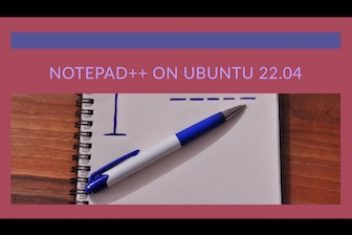Nothing lasts forever, and that applies to software. Advances by tech companies can make some software obsolete, which is part of the product life cycle. That end of life doesn’t have to be the end of the road for software and operating systems that keep
your business running. Long-term support for systems like CentOS is available.
What is the product life cycle?
Every product on the market has a finite life because of advances by manufacturers and changing needs of consumers. The product life cycle includes these stages:
Development
In the first life cycle phase, the software is developed and marketed or sold. At this stage, the software may still have some areas for improvement or could be lacking features
Growth
As the software gains more consumer awareness, it enters its growth phase. Sales and distribution of the software grow, and updates and new features to the product may be introduced.
Maturity
When a software product hits the peak of its sales, it is at its maturity. At this stage, there is ongoing product support but no new features or updates.
Decline
The last stage in a product’s life cycle is its decline. Software sales decrease as better products hit the market or the product becomes obsolete. The product’s end of life happens at the end of this phase.
Read: A Brief Overview of Software Development Methodologies
Where to find help
If you are using software or operating systems in your business that are at the fourth stage of the life cycle phase, you may not be able update them as the manufacturer stops releasing security patches. But you’ll still need support. If you’re a CentOS user facing CentOS 7 EOL, you can still find support and security for the products that have an end-of-life date of 2024.
Firms such as TuxCare are helping Linux users with issues in security, stability, and support.
What is the end-of-sale date?
The date a manufacturer or software firm stops selling a particular product is that product’s end-of-sale date, but that doesn’t mean the product stops being distributed. Though the product won’t be sold through official channels, it could still be available through retailers.
When does EOL occur?
Software’s end of life happens after the end-of-sale date when the product becomes difficult to purchase or even find. After a product’s EOL date, its manufacturer will offer support for the product and its features for a set period. However, validation for software installations may not work and official training for the software may not be available.
Problems after software EOL
Software that has reached its end-of-life date will still function, but some issues can occur for those who continue to use EOL software. These can include:
Decreased security
Because older software has security weaknesses that are not being patched by new security features for manufacturers, using EOL software can put your company, proprietary information, and financial data at risk. Malware and hackers can spot the lack of security patches as vulnerable EOL software.
Compatibility
Software at its end of life will likely be incompatible with newer computers and operating systems. Installing open-source software may be more difficult on operating systems that have passed their end-of-life date.
Read: Best open source database software
Legal issues
Regulatory or legal issues could occur through using EOL software or operating systems in your business. Accounting software may no longer be updated with the latest tax laws, or vulnerable software could put private information at risk.
Less reliability
Operating systems and software that have reached the end of their life cycle will decline in reliability just as service and support are waning. You’ll find your computer system crashing more often and will lose valuable time and work. For companies, a lack of software reliability can cost sales and clients.
Out-of-date skills
If you’re still using a 2006 software, your skills are not staying current with technology. This can hinder professional growth and put businesses behind the learning curve once they do replace their EOL software and operating systems with updated versions.
Read: How to Choose the Right Invoice Software for Your Business
Higher costs
Saving money by using software past its end of life is being penny wise but pound foolish. Ultimately, EOL software use will cost businesses money through decreases in productivity and lawsuits over security breaches.
Saving a few dollars on software could cost thousands of dollars later through lost customers, lower productivity, and legal issues.
The bottom line
The long-term solution to these weaknesses and performance issues is to replace end-of-life software and operating systems, but that may not be possible right away. Planning for the end of life of operating systems and software may mean budgeting for technology expenses and the security and support that EOL software will require.
End-of-life doesn’t have to be an immediate end of the road for software, but these ends mean additional security and technical support to protect data and keep systems working efficiently.
If you like the content, we would appreciate your support by buying us a coffee. Thank you so much for your visit and support.



